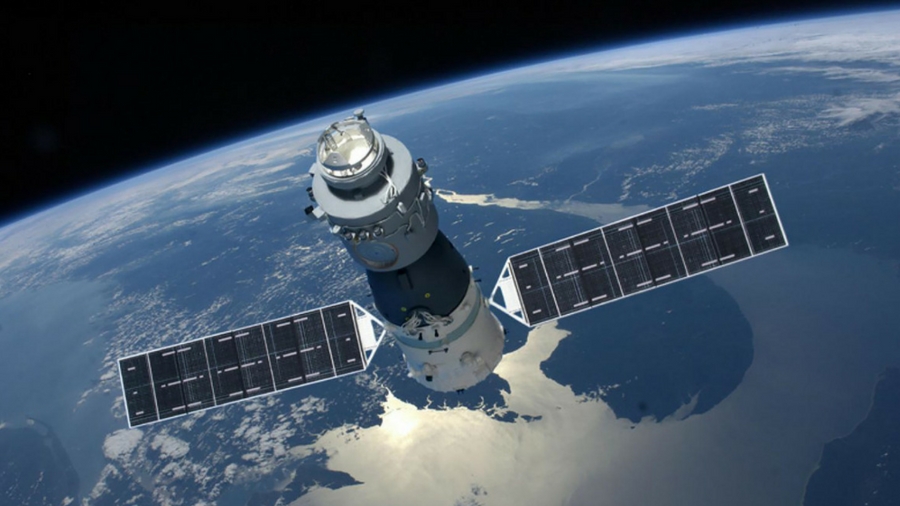Microsoft finds a use for AI in Windows 11 that you might not hate: better weather predictions that could help keep you dry
Microsoft’s new AI weather model is better at forecasting rain

Microsoft’s been busy, what with working on the next major Windows 11 update (24H2) and debuting the next generation of AI-focused Copilot+ PCs at Build 2024. However, there’s another piece of work that likely flew under your radar: an improved weather model powered by its AI technology that’ll benefit Windows 11 and Windows 10 users.
The new upgraded model was developed by Microsoft’s Start weather team, and brings in improved rain and cloud prediction. This follows a recent initiative to implement better AI-assisted prediction models for more accurate weather forecasting over a 30-day period.
Microsoft publicized the improvement in an official Bing blog post and described how its Start team kicked off the improvements, dubbed ‘precipitation nowcasting,’ in late 2021. The team’s model combined data from local radar installations and satellite data to make this advancement.

Better predictions thanks to model improvements
The new model from the Microsoft Start team is an improvement on the previous iteration, which had some flaws due to the satellite weather data necessary for the model only being available 85% to 95% of the time. Then there was the additional complication that this data was drawn from a variety of sources
The predecessor of the new model was much smaller and only predicted a factor called simulated radar reflectivity. The new model is four times the size of the older one and jointly predicts two factors - both satellite and simulated radar reflectivity. This enables the model to better fill in gaps in the data
This is explained in the blog post, as well as the fact that the radar predictiveness model was prioritized and given six times the weight of AI training as the satellite predictiveness model.
The Start team found that their new model, designed to predict precipitation and cloudiness better, offers a substantial improvement in F1-score compared to the radar-based model. (The F1-score is a metric for measuring a machine learning model’s performance by assessing aspects like precision and recall).
Get daily insight, inspiration and deals in your inbox
Sign up for breaking news, reviews, opinion, top tech deals, and more.
They also found that the newly devised model produced predicted satellite images that scored better than those of a persistence forecast (one that assumes that future weather will be like the present) after 15 minutes. This indicated to them that predictions can be especially useful in places and times where satellite outages last longer than 15 minutes.
The good news for Windows 11 and Windows 10 users is that the new and improved Start weather model that uses both satellite and radar prediction has now been fully integrated into Microsoft’s Weather products. The refreshed model will now power the weather icons on the Windows taskbar, lock screen, and anywhere else the forecast appears in your OS (like the MSN feed)
This is a way of using AI that I think most people can get behind, as predicting the weather is notoriously difficult, and we can all use a more accurate weather forecast when it comes to making those important decisions - like whether we need our raincoat or umbrella when we’re venturing out.
YOU MIGHT ALSO LIKE...
Kristina is a UK-based Computing Writer, and is interested in all things computing, software, tech, mathematics and science. Previously, she has written articles about popular culture, economics, and miscellaneous other topics.
She has a personal interest in the history of mathematics, science, and technology; in particular, she closely follows AI and philosophically-motivated discussions.